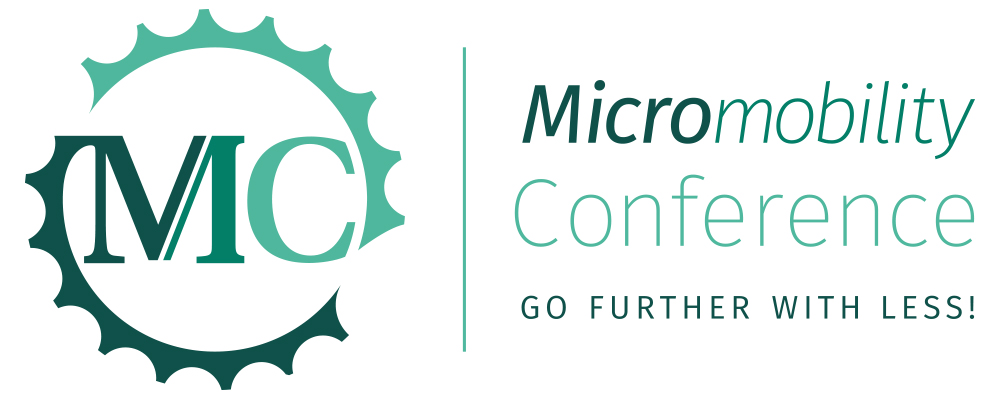
Designing and building better infrastructure
For micromobility to fully flourish it needs appropriate infrastructure. This includes everything from footpaths to shared paths, dedicated cycleways, mountain bike and rail trails, public parking and end of trip facilities.
Funding for micromobility infrastructure has been growing significantly in recent years. It’s being accelerated by some strong tailwinds including our childhood and adult obesity epidemics, increasing density and congestion in our cities, new micromobility devices and technologies led by electric power assist and the increasingly urgent need to tackle climate change.
With increased funding from local, state and federal government comes increased demands upon planners, designers, engineers and builders of this new infrastructure. Many of these practitioners may have had limited prior experience working on projects of this nature.

Making it Right – What
Making it Right is a unique professional development opportunity.
For those who opt in, the day will start early with facilities tours hosted by the City of Sydney for both walkers and riders. We’ll be securing a fleet of ebikes and helmets for those visiting from out of town.
Later in the day, delegates will take part in a ‘hands on’ planning workshop, using case studies that those who take the tour will have seen first-hand that morning.
You’ll also be seeing case studies of new infrastructure, both good and bad, and hearing from leading experts, both within Australia and overseas about what elements contribute to the best infrastructure outcomes and how to achieve them.
Making it Right – Who
Making it Right should be of particular to transport planners, transport engineers, sustainable transport officers, consultants, project managers and others from both local and state governments and the private sector.

What is micromobility infrastructure?
Micromobility infrastructure refers to the facilities and systems designed to support micromobility, which uses small vehicles for short trips. This includes everything from footpaths and shared paths to dedicated cycleways and public transport networks.
The development of micromobility infrastructure is key to creating liveable cities designed for people, not cars.
By providing safe and convenient options for getting around, micromobility infrastructure can help to reduce congestion, pollution and carbon emissions. It can also create more opportunities for physical activity, social interaction and connection with nature. In short, micromobility infrastructure is essential for creating healthy, sustainable and liveable cities.
Why micromobility infrastructure matters
Micromobility infrastructure includes bike lanes and parking to public transit and ride-sharing. It’s the backbone of how people get around, and it’s critical for supporting a healthy, sustainable city.
For one thing, micromobility infrastructure helps to reduce congestion and pollution. By encouraging people to use alternatives to cars, it can take pressure off of crowded roads and improve air quality. Additionally, micromobility infrastructure can help to make a city more livable.
Making it easier to get around without a car can create more social interaction and physical activity opportunities.
Finally, micromobility infrastructure can support a city’s economy. By making it easier for people to get to work, shop, and play, can help businesses thrive. In short, micromobility infrastructure is essential for creating a happy, healthy city.
Micromobility infrastructure is critical for business. It provides a more efficient way to move people and goods, but it also helps reduce congestion and pollution.
In addition, micromobility infrastructure can help to create new jobs and support the local economy. As businesses increasingly adopt micromobility solutions, cities must invest in the infrastructure needed to support this growing industry. By doing so, they can ensure that their cities are well-positioned to compete in the global economy.
Background
Micromobility infrastructure has been around for centuries in one form or another. It wasn’t until the late 20th century, however, that micromobility began to be seen as a viable option for mass transit.
The first modern micromobility infrastructure was implemented in European cities in the 1970s and 1980s. These systems were designed to supplement traditional forms of transportation, such as buses and trains. In the 1990s, micromobility began to gain traction in the United States, with cities like San Francisco and New York implementing micromobility infrastructure.
Today, micromobility is an integral part of many city transportation systems, and its popularity is only increasing. As more people look for alternatives to traditional forms of transportation, micromobility will continue to play a major role in the way we get around.
